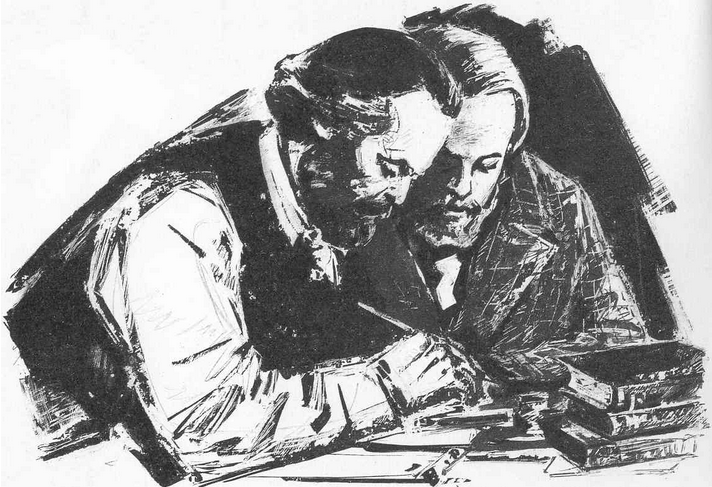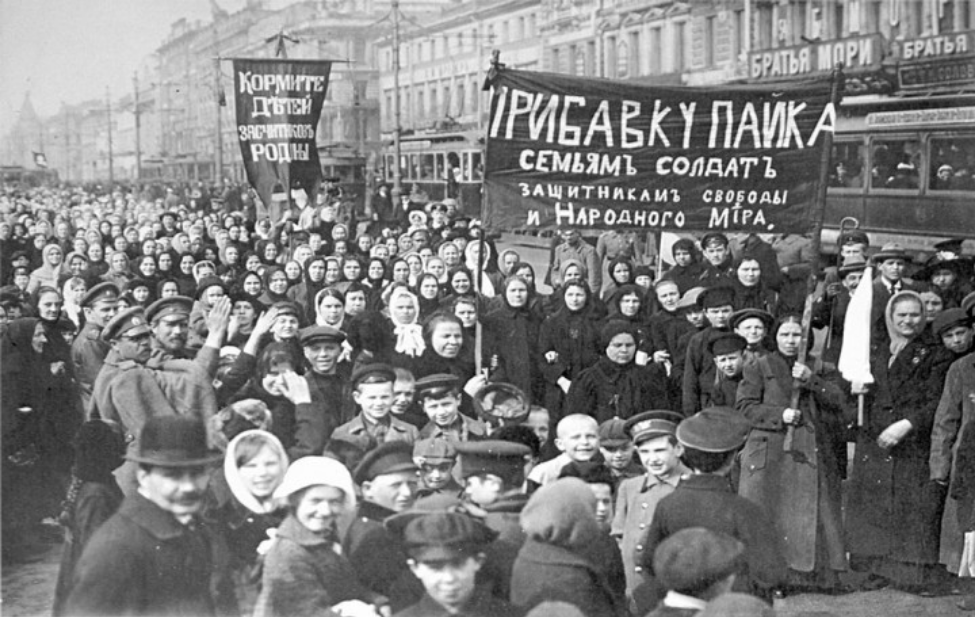South Asia’s elite historians have deliberately distorted certain events within their accounts of the struggle against British imperial rule and subsequent bloody partitioning. One such significant episode was the struggle of the Hindustan Revolutionary Socialist Association (HSRA) and its most renowned martyr Bhagat Singh. On the 23rd of March 1931 the twenty three year old revolutionary and his comrades in arms Sukhdev and Raj guru were murdered at the Lahore central jail.

Today the heroic and exemplary struggle and movement of the HSRA revolutionary youth is portrayed in Pakistan and India with different colours and contours by the dominating media and sections of the ruling classes according to their own vested interests. In Pakistan the religious and conservative right are condemning him as a kaafir and a terrorist. His Sikh ancestry is abused to distort his real beliefs and ideological convictions. The right wing analysts reject any role of Bhagat Singh in the struggle against imperialists not only because it is a source of unity of the people of the subcontinent but also because his socialist ideas are still potent today and a beacon of light for the masses to overthrow this exploitative system. The movement led by the HSRA signified a tendency that did not just want an end to imperialist rule but also the system it imposed during its colonial subjugation of the region.
In India the portrayal of Bhagat Singh is even more ironic. In recent months Hindu fundamentalist and darling of the Indian bourgeois, Narindera Modi, was invited to launch a book based on his memoirs. The publication of the book was only made possible by the manipulation and bribery of Singh’s relatives. Even now Bhagat Singh has enormous popularity amongst today’s youth, several generations after he was martyred. The Congress and other left reformist parties try to cast Bhagat Singh as a bourgeois nationalist. However all these false pretentions cannot hide the real ideological transformation Bhagat had gone through. By the end of his life he had concluded that socialist revolution was necessary for the salvation of the masses.
In his writings, Bhagat rejected class collaboration. He wrote in Outlines of a Revolutionary Programme: A Letter to Young Political Activists. “If you are planning to approach the workers and peasants for active participation, then I would like to tell you that they couldn’t be fooled through some sort of sentimental rhetoric. They will clearly ask you what your revolution would give them, for which you are demanding sacrifice from them. If in place of Lord Reading, Sir Purushottam Dass Thakur becomes the representative of the government, how would this affect people? How would a peasant be affected if Sir Tej Bahadur Sapru comes in place of Lord Irwin? The appeal to nationalist sentiments is a farce.” He also laid bare the real role of Ghandi and the Congress, “What is the motive of Congress? I said that the present movement would end in some sort of compromise or total failure. The real revolutionary forces have not been invited to join the movement. It is being conducted only on the basis of a few middle class shopkeepers and a few capitalists. Both of these classes, specifically the capitalists, cannot venture to endanger their property. The real armies of the revolution are in villages and factories ‑ the peasants and workers. But our bourgeois leaders don’t dare take them along, nor can they do so. These sleeping tigers, once they wake up from their slumber, are not going to stop even after the accomplishment of the mission of our leaders.” Gandhi, the leader of the national bourgeoisie expressed fear of the revolutionary class after the Bombay action of weavers by saying that the “…use of the proletariat for political purpose would be very dangerous.” This sums up the contempt Ghandi and the bourgeois nationalist leaders had for the working class and their extreme fear of the revolution.
Bhagat Singh was deeply impressed by the Ghadar Movement and regarded Kartar Singh Sarabha as his hero. Bandi Jeewan by Sachindranath Sanyal, which included the first historical account of the movement by an insider, was “a basic textbook“ which he and his friends at the National School at Lahore read and discussed. In this book there were calls and tactics for revolution even in the most difficult of circumstances. The Ghadar spirit of secularism was, to Bhagat Singh, a distinctly valuable trait, compared to the religious and mystical orientation of the other groups of revolutionaries of India at that time.
“Sanoon lor na Pandatan Kazian di;
Nahin shauq hai bera dubawne da.”
[No Pundits or Mullahs do we need;
We are not for the sinking of our boat.]
The addition of the word “Socialist” to the existing name at the meeting of the Hindustan Republican Army held in September 1928 was a natural progression. Appreciating that “criticism and independent thinking are the two indispensable qualities of a revolutionary”, they came to review the weaknesses that contributed to the failure of the Ghadar movement such as the particular reliance on isolated armed struggle and mutiny within the British army.
The message that Bhagat Singh and B.K. Dutt sent to the Punjab Students Conference on October 19, 1929 symbolised their maturing revolutionary clarity.
“Today we cannot ask the youth to take to pistols and bombs… In the coming Lahore Session the Congress is to give a call for a fierce fight for the independence of the country. The youth will have to bear a great burden in this difficult time in the history of the nation… They have to awaken the millions and millions of slum-dwellers of the industrial areas and villagers living in worn-out cottages…”
On February 2, 1931 writing of the turning point in his revolutionary career, Bhagat Singh stated, “I began to study, my previous faith and convictions underwent a remarkable modification. The romance of the violent methods, alone which was so prominent among our predecessors, was replaced by serious ideas. No more mysticism, no more blind faith. The revolutionaries know better than anybody else that the socialist society is the only destiny of human emancipation.”
After sixty-seven years of so -called independence, the 1.7 billion people that inhabit the region are worse off than they were in 1947. The only way out of this excruciating poverty, exploitation, misery and deprivation is still the path of mass revolutionary movement and socialism that Bhagat Singh and his comrades sacrificed their lives for.




